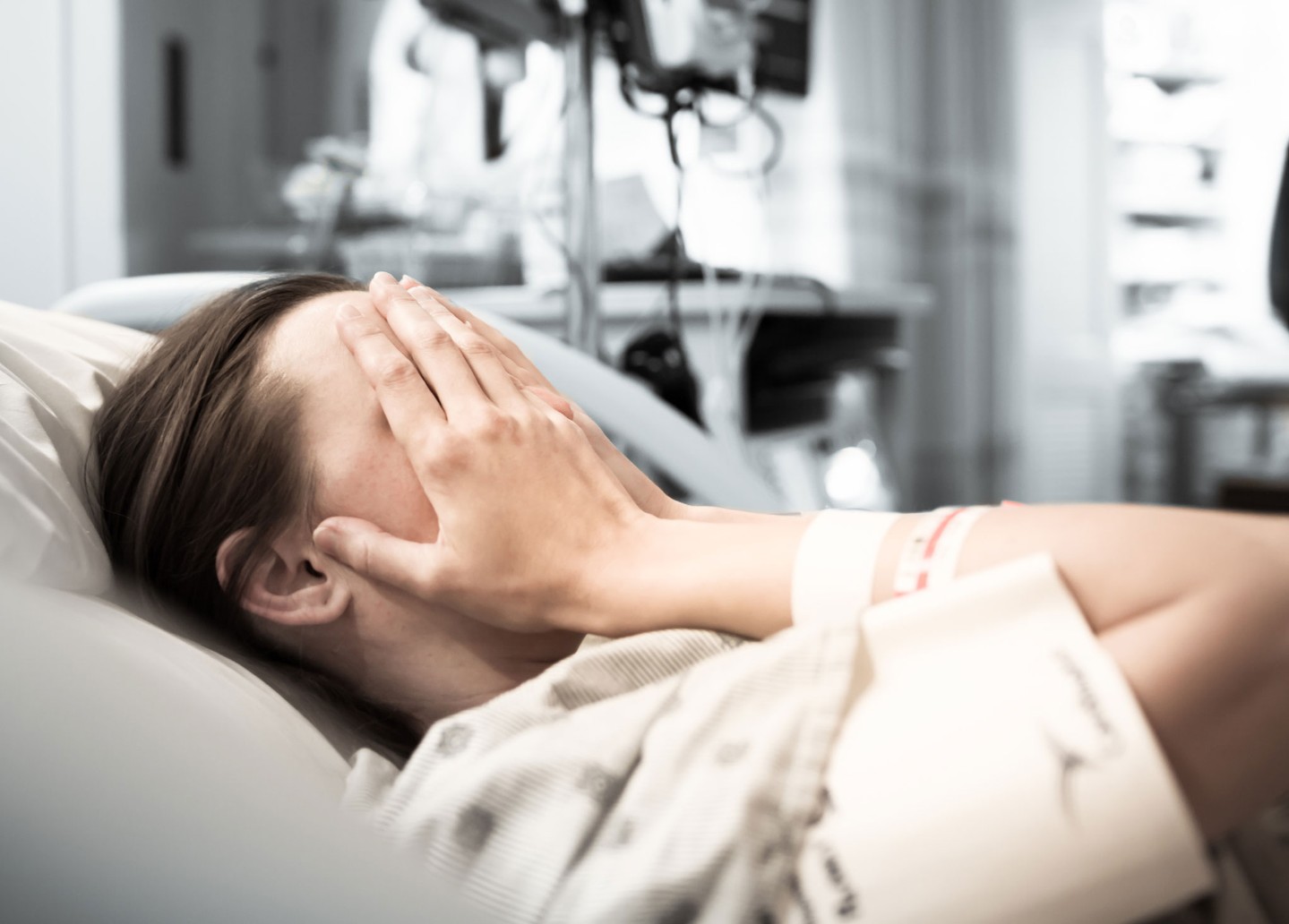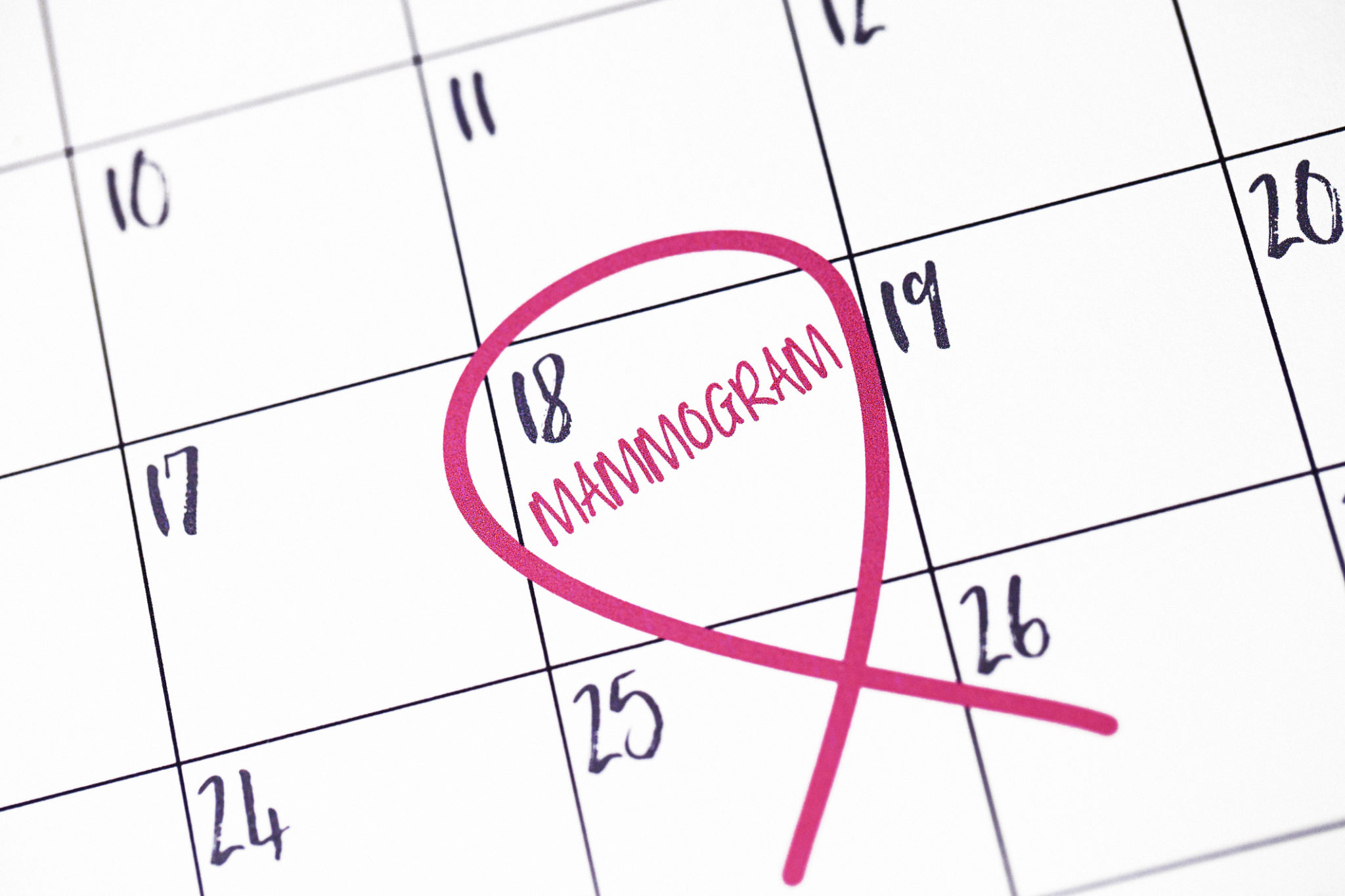14-year-old Survives Serious Sledding Accident
FEB 05, 2014Sledding accidents land about 20,000 children in the emergency department each year. Researchers found those ages 10 to 14 were ...
Read More
Every doctor should spend some time as a patient.
I’m not claiming an original idea here. Countless essays by physicians and ethicists have espoused the same suggestion, maintaining that doctors can never fully sympathize with their patients until they walk a mile in their drafty, open-back hospital gowns, IV pole in tow. Some of you may even recall a movie made about the subject. “The Doctor,” starring William Hurt as an unabashedly arrogant surgeon laid low by throat cancer, is a sappy, over-the-top study in stereotypes that follows the eponymous character through his transition from egotist to humanist.
The funny thing about this movie for me was the timing of its release. In 1991 I was a third-year medical student just starting my clinical rotations when I abruptly transitioned from caregiver to care-receiver. I was riding my motorcycle one Sunday evening when I was clipped at high speed by semi-trailer truck. If I think about it hard enough I can still hear the crash of the bike and feel the impact of my head against the side of the truck. I was flung far from the collision site and came to a stop up on the sidewalk where I quickly wiggled my toes to make sure all those neural connections I’d studied in neuroanatomy were still intact.
The first thing I noticed was that my blue jeans were no longer blue, but rather a dark, sticky purple all the way from my waist to my boots. The pain began to set in as the police and ambulance arrived and I nearly passed out from the shock of it all by the time I arrived at the emergency room. I begged the doctor for a painkiller but he refused, telling me I had to wait until he was able to complete a thorough neurological assessment. Attempting to prod him into action, I quickly ran through all the cranial nerves, the motor and sensory efferents and afferents, and even offered a dermatome-by-dermatome summary just so he’d expedite his examination and order up some much needed relief. It was at that point he conceded the soundness of my white matter and proffered a cocktail of narcotics that began to blunt the misery.
My relief was short lived. Next up for me was a series of x-rays that required me to contort my legs into unnatural configurations (developed, I’m sure, by self-loathing yogis) while the technician shot the pictures. Because I’d suffered so much soft-tissue trauma to my thighs and lost so much blood the surgeon requested an angiogram to assess the damage to my femoral arteries. Thinking back on it now I find it ironic that angiography—using a catheter to inject dye into a vessel—would ultimately become one of my bread-and-butter procedures despite my ignorance and utter confusion at the time (under the best of circumstances a combination of morphine and panic tends to cloud one’s interpretation of events). I simply couldn’t figure out why all this testing was necessary.
It was about midnight when they rolled me into surgery and it took several more hours before I was finally deposited into the room that would become my resting place for the next few days. Once I was released from the hospital I spent a couple of weeks under the care of my parents (feeling much like a helpless infant) before I could ambulate well enough to move back to my own apartment.
As I recovered enough to resume my life some friends of mine took me out to see the movie “The Doctor.” The lessons I was supposed to take away from the film seemed trivial and contrived compared to those I had just experienced. Here are a few insights I gained without help from Hollywood:
It turns out my concerns were exaggerated and unfounded. Over time I mounted a complete recovery and it’s for this reason that I remain incapable of fully understanding the plight of many of my patients. Sure, mine was a bad accident with plenty of pain, but it was no cancer, no disabling stroke, no permanent impairment. It was just enough to provide me with an education that my medical school instructors couldn’t. My bones and muscles have long since healed and forgotten the experience from nearly two decades ago, but, thankfully and to my benefit, my mind hasn’t.

Sledding accidents land about 20,000 children in the emergency department each year. Researchers found those ages 10 to 14 were ...
Read More
Vira Brooks had three sons in high school. And she had newly-diagnosed breast cancer. "I remember hearing the words, ‘You have ...
Read More
When Carmen Campisi called to schedule her mammogram, she hadn't heard of the new 3-D technology, or tomosynthesis, at CHI ...
Read MoreWhen you need local health information from a trusted source, turn to the CHI Health Better You eNewsletter.